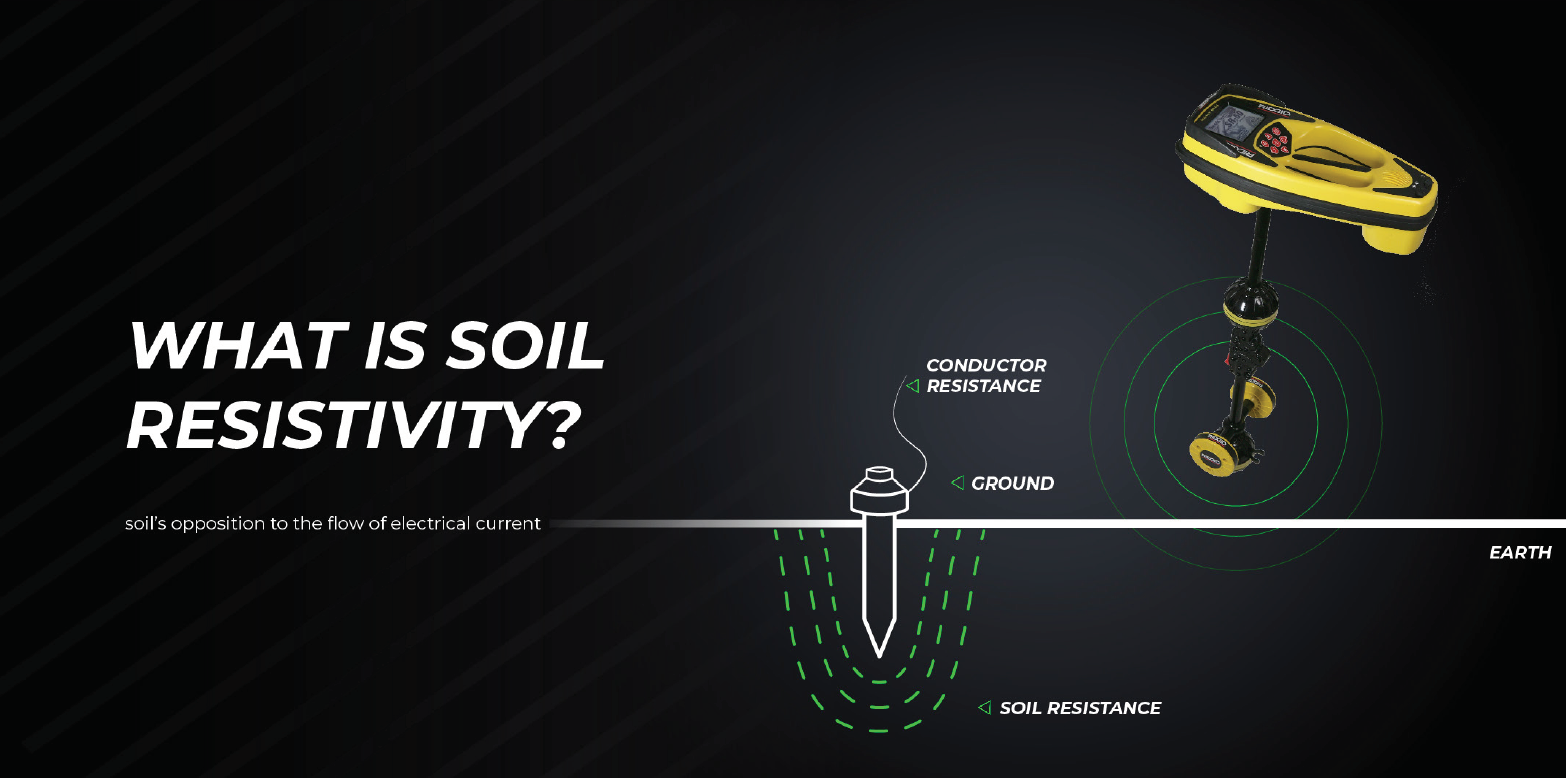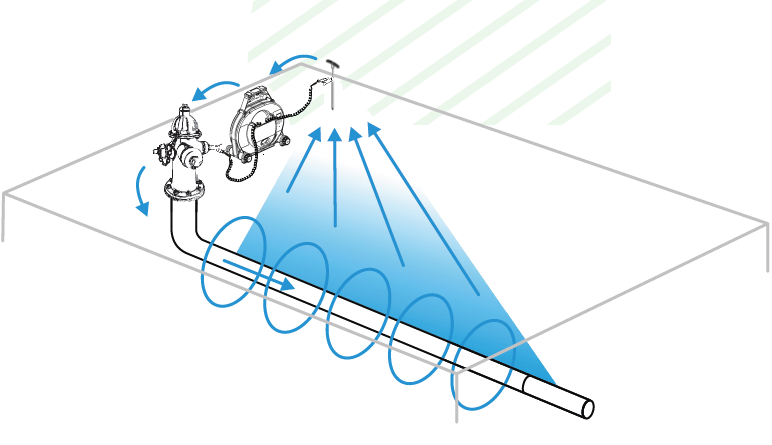
Circuits & Soil Resistivity
Electrical current can only flow if a circuit is present. In active utility locating, the circuit is a closed loop between the transmitter and a conductor. The loop is created when current flows from the transmitter, through the conductor (utility or tracer wire), and then back to the transmitter.
With non-insulated utilities, the current arrives back to the transmitter by traveling directly from the utility into the soil. From the soil, the current follows the path of “least resistance” to other nearby conductors. In locating, the goal is to get the current to travel back to the transmitter’s ground. The more current returns to the ground, the more will remain in the locating circuit, and the stronger the signal will be for locating.
Soil resistivity/resistance is a measure of how much the soil resists the flow of electrical current. Understanding this concept is important when conducting a locate because higher resistivity can reduce the strength of the signal being received by your locator.

Factors Influencing Soil Resistivity
Moisture content, temperature and salts affect soil resistivity. It’s generally well known that water is a conductor of electricity. Therefore, higher moisture content in the soil lowers its resistivity.
Moist soils with high organic content generally are even better conductors because they have higher salinity (salt) levels, leading to lower soil resistivity. On the other hand, sandy soils that drain moisture faster tend to have lower moisture and electrolyte levels, and therefore have higher resistance. Temperatures below freezing also increase soil resistivity.
The best solution will depend on the particular case. Like everything else with locating, it’s important to consider all local environmental factors as well as the utility’s type, material, and condition.
Click here or scan the QR code watch a short video with tips on improving your grounding. http://q.hqx.com/ground/


